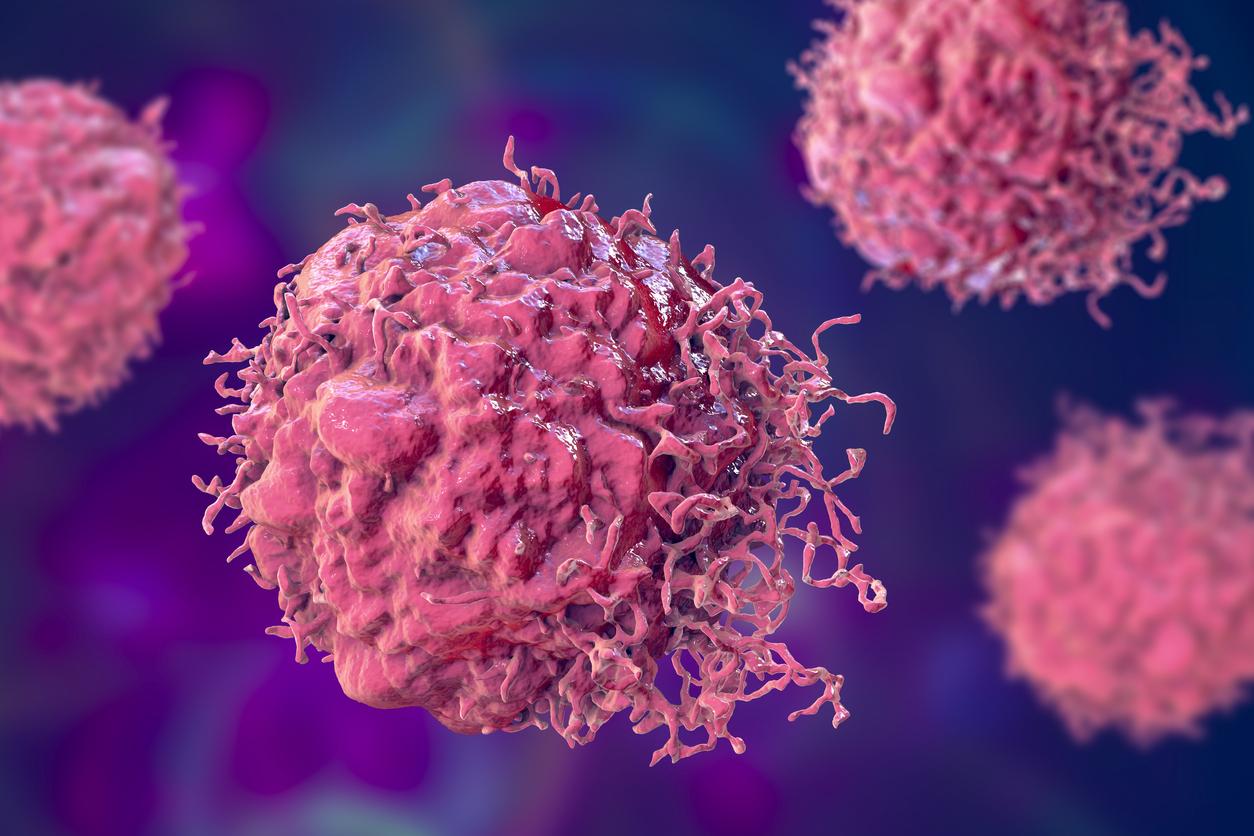The Academy of Medicine is concerned about a worrying shortage of technetium. This radioelement, sometimes not substitutable, is used for 75% of scintigraphies.

“This is a worrying shortage for public health. This is the observation made on Monday by the National Academy of Medicine, which is worried about a risk of a shortage of technetium 99, this radioactive element used in nuclear medicine for the majority of scintigraphy examinations (oncology, cardiology, neurology. ..). A shortage announced for 2015 and with disastrous consequences for the health of patients, according to academics.
Used in 75% of scans
According to the National Academy of Medicine, technetium 99 is currently used in 75% of scans, a simple and painless medical imaging technique used to make a diagnosis.
Today, the worldwide production of this radioelement is ensured by nine sites including the Osiris reactor of the French Atomic Energy and Alternative Energies Commission (CEA), which covers 10% to 12% of global demand. All are over 43 years old (Osiris dates from 1965) and are regularly arrested.
Result, if nothing is done, the National Academy of Medicine announces a shortage that could occur in 2015 – 2020, with a “critical” period from 2016 to 2018.
Indeed, these doctors point out that the authorization of the Osiris reactor runs until 2015 and the construction of the Jules Horovitz reactor in Cadarache (Bouches-du-Rhône) is behind schedule. It will not be operational until 2018-20. In addition, the Belgian reactor (BR2) will be in maintenance for 18 months in 2015-16 and the Canadian (NRU) will be shut down in October 2016.
A non-substitutable product in many indications
And this shortage is worrying for public health, according to academics. Because “as several learned societies have pointed out, in particular those of nuclear medicine, pediatrics and rheumatology, a lasting shortage of technetium makes certain major indications impossible. “For six of them,” no substitution is possible, “says the Academy.
Among them, the detection of the sentinel node, practically systematic during the surgical treatment of patients suffering from breast cancer. This represents approximately 55,000 examinations per year. Here, the challenge is to avoid unnecessary and often disabling lymph node dissection.
Another impossible substitution is that which concerns all patients with a contraindication to radiological contrast agents, in particular diabetic patients with renal insufficiency or treated with metformin.
Tens of thousands of patients deprived of exams?
In addition, other examinations are in theory substitutable, in particular by positron emission tomography (PET) with sodium fluoride. But just for the bone scans used to screen for metastases of breast or prostate cancer, this represents approximately 4,200 additional examinations to be distributed among 118 devices which currently perform an average of 2,500. As such, the Academy emphasizes the fact that there is a very significant difference in cost, of the order of 150 million euros per year.
Finally, for “cardiac scintigraphies”, the substitution with Thallium 201 is possible, “but it would also generate an increase in costs and an increase in the dose of radiation received by the patients”, confides the Prof. André Aurengo, head of the nuclear medicine department at the Pitié-Salpêtrière hospital (Paris), contacted by why actor.
For all these reasons, the Academy estimates that a shortage “would deprive tens of thousands of patients from examinations. “She calls on the public authorities to warn her” as quickly as possible “, she concludes.
Listen to Prof. André Aurengo, member of the Academy of Medicine: “ A number of reviews would not be all simply more possible …“
.

















